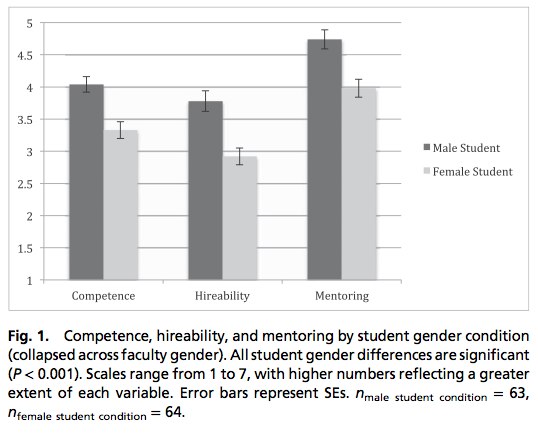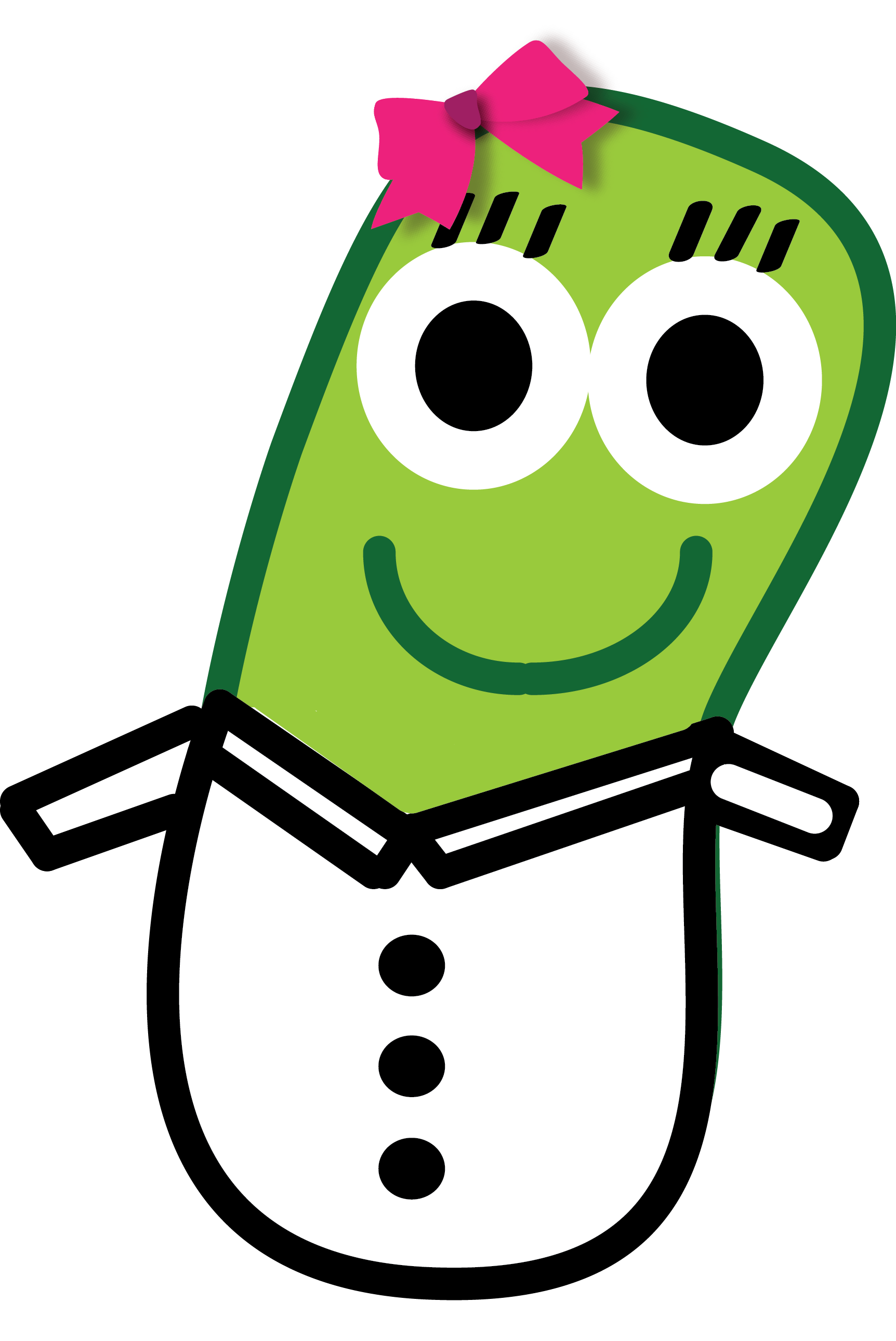Team:UNAM Genomics Mexico/HumanPractices/Who is Mrs. Cohnnie PhD
From 2012.igem.org

Meet Mrs. Lupita Cohnnie!
-
- “Wangari Maathai goes to a village in Kenya. She talks with the women and explains that the land is barren because they have cut and sold the trees. She gets the women to plant new trees and water them, drop by drop. In a matter of five or six years, they have a forest, the soil is enriched, and the village is saved. The poorest and most backward societies are always those that put women down. Yet this obvious truth is ignored by governments and also by philanthropy. For every dollar given to a women's program, 20 dollars are given to men's programs. Women are 51 percent of humankind. Empowering them will change everything -- more than technology and design and entertainment. I can promise you that women working together -- linked, informed and educated -- can bring peace and prosperity to this forsaken planet. In any war today, most of the casualties are civilians, mainly women and children. They are collateral damage. Men run the world, and look at the mess we have.”
-
- Isabel Allende, in the TED Talk “Tales of Passion”
Who is Mrs. Lupita Cohnnie, PhD?
Why Mrs. Lupita Cohnnie?
As we said in our main Human Practices wiki page, one of the perceptions towards scientists we wanted to fight is that of an individual detached from society. But there is another perception we consider urgent to address, especially in the 21st century: gender bias.
Back in 2010, [http://ed.fnal.gov/ Fermilab] conducted an activity that has proven one of the most enlightening to understand the issues at stake in public perceptions of scientists. The project [http://ed.fnal.gov/projects/scientists/index.html “Who's the Scientist?”] was created to invite seventh graders to the facilities of Fermilab. In the lab, children would have chance to spend a day with real scientists and talking with them (corresponding!).
 [http://ed.fnal.gov/projects/scientists/amy.html Amy]'s picture |
The most interesting thing of this activity was the series of drawings presented as part of the project. Kids were asked to draw scientists before they had met them and after they had spent the whole day with them. The before set of drawings is not surprising at all: children believed that scientists fall into the stereotype of mad scientists, doing their crazy stuff. The after set of drawings is more heart-warming: children realized that scientists are just like any other person in the world, with a not-so-normal job (we think that the only difference is that we enjoy it more on average!). But there was another surprising discovery.
The majority of the before drawings are male scientists. This changed in an interesting way in the after drawings:
- Among girls (14 in total), 36% portrayed a female scientist in the before drawing, and 57% portrayed a female scientist in the after drawing.
- Among boys (17 in total), 100% portrayed a male scientist in the before drawing, and 100% portrayed a male scientist in the after drawing.
Although we can be certain about the change in the general perception of scientists given that there's some kind of interaction between us and society, there's a worrisome thing that still needs to be addressed in the arena of gender equality. Can these results be showing some bigger problem in gender bias and perception towards female scientists?
Gender bias in Science is an issue nowadays. And it is important to do whatever it is on our hands to fight it as well. Even academic scientists are biased against women. As it was reported in the [http://www.nytimes.com/2012/09/25/science/bias-persists-against-women-of-science-a-study-says.html New York Times] last September, a new study suggests that science professors are widely biased against women with the same set of accomplishments and skills.
 Figure taken from the original paper |
The study, titled [http://www.pnas.org/content/early/2012/09/14/1211286109 "Science faculty’s subtle gender biases favor male students"], and published in PNAS by researchers in Yale University, sought to test scientists' reactions to male and female job applicants through a randomized, double-blind study. In it, academic scientists were given application materials from a student applying for a lab manager position. The applications were identical, but some had female names, and some had male names. The dismal results went like this: female applicants were rated lower by both male and female scientists than male applicants on scales of competence, hiring, and mentoring.
In a world where we have agreed to treat people equally when they show the same abilities, this is simply unacceptable.
How to solve a problem like this? In the [http://www.nytimes.com/roomfordebate/2012/09/30/breaking-the-bias-against-women-in-science NYT's Room for Debate] devoted to the issue described above, two debaters caught our eye. First, [http://www.nytimes.com/roomfordebate/2012/09/30/breaking-the-bias-against-women-in-science Dennis Berkey] argued that female students need to be put in leadership roles, and that "strong institutional and personal commitments are essential to ameliorating gender bias" as well. Similarly, [http://www.nytimes.com/roomfordebate/2012/09/30/breaking-the-bias-against-women-in-science/get-girls-interested-while-theyre-young Janelle Wilson] stated that female role models should be sought, since "positive influences and mentors for girls in elementary and middle schools can counteract long-standing cultural norms."
Mrs. Lupita Cohnnie, the new face of science
When deciding the image (or as some call it, “mascot” ) of our team, we discovered that female icons, slogans or “mascots” have been underrepresented at iGEM. Thus, we decided that our main “friend, advisor and companion” had to be a female PhD, with a normal life, who [http://youtu.be/tG88VVY77C0 likes going to the beach and enjoys spending time outside in the winter]. Our “mascot” is Mrs. Cohnnie, PhD. Yale's paper on gender bias came as a confirmation on what we had already discussed with our advisors and instructors. When we claim that Mrs. Cohnnie is the "new face of science", we are not suggesting a void or a cheesy marketing scheme. We are trying to make a categorical statement
This might not be a breakthrough activity, or a massive campaign in favor of feminism. it might be considered a small step towards that personal commitment to raise awareness about the gender discrimination within the sciences. People who have seen so far Mrs. Cohnnie and learnt about the current situation have been made aware of gender bias in the images and practice of science. We hope that any iGEM team that reaches this page in the future would consider doing something as little as choosing a feminine mascot to fight gender biased perceptions of scientists, as well as having a conversation among their peers, advisors, instructors, teachers, and even PIs to walk ahead towards an egalitarian, almost perfect community.
 "
"








